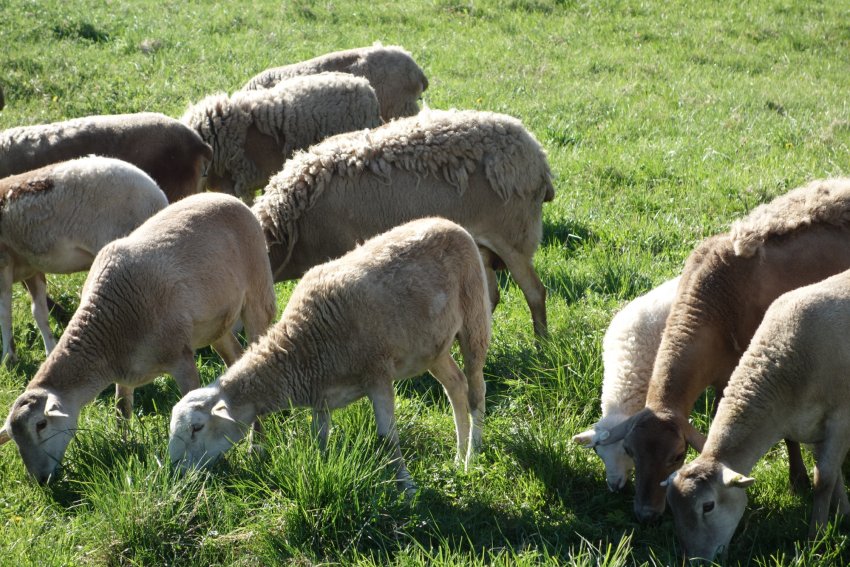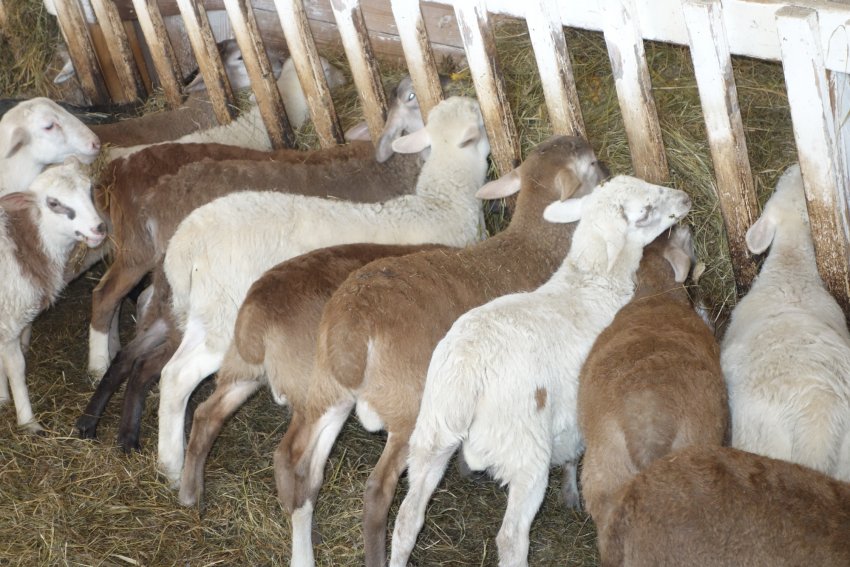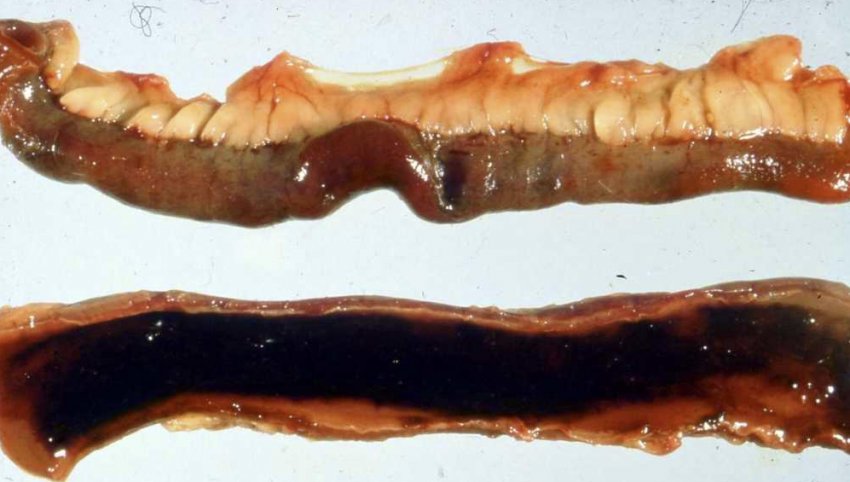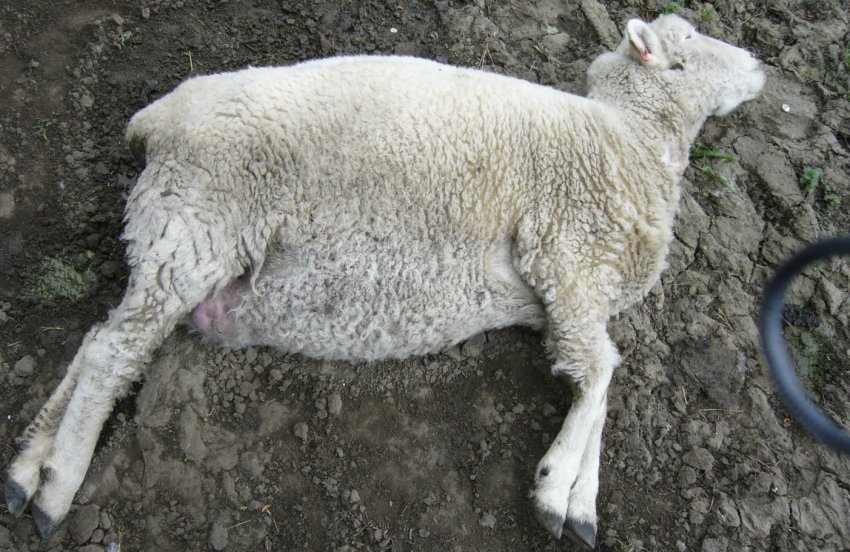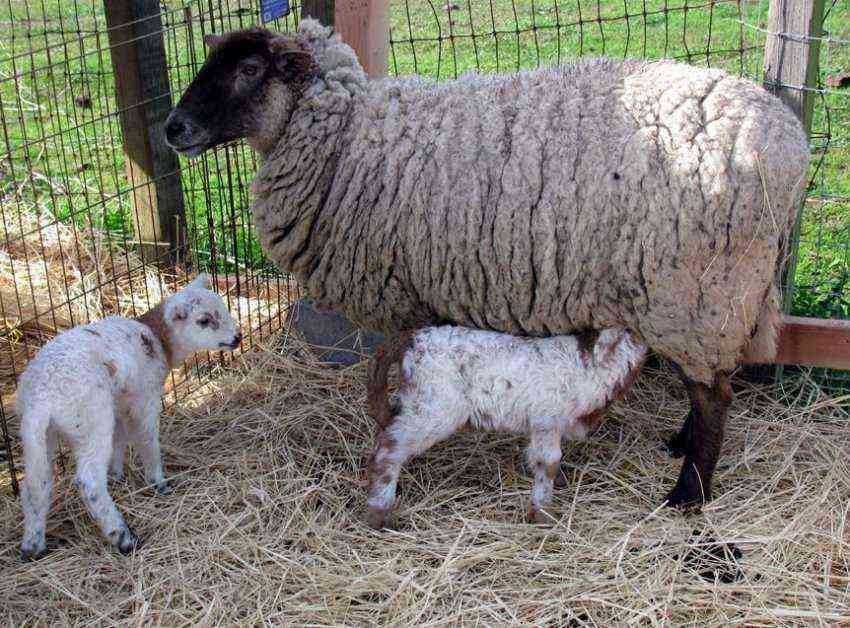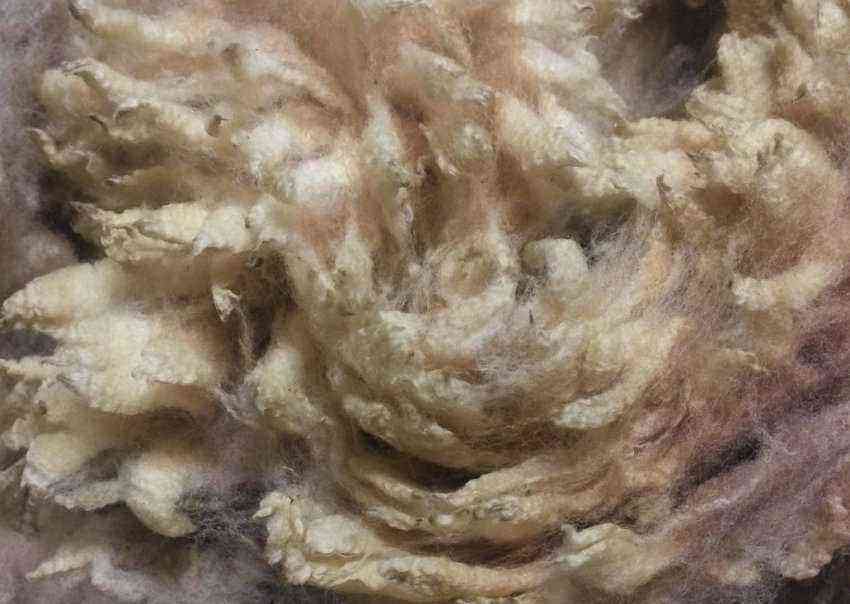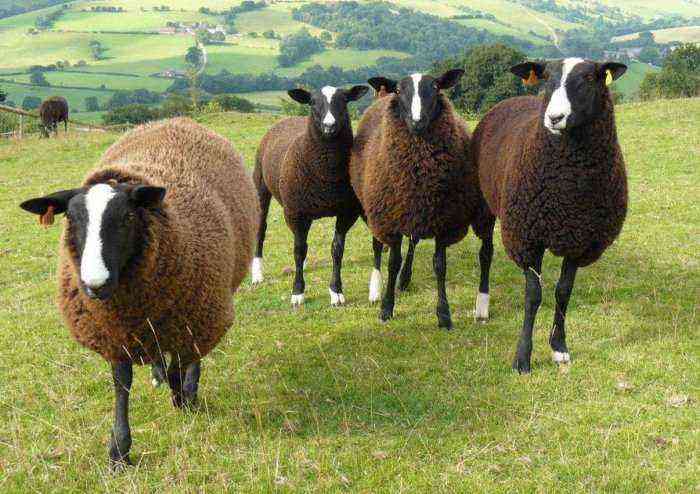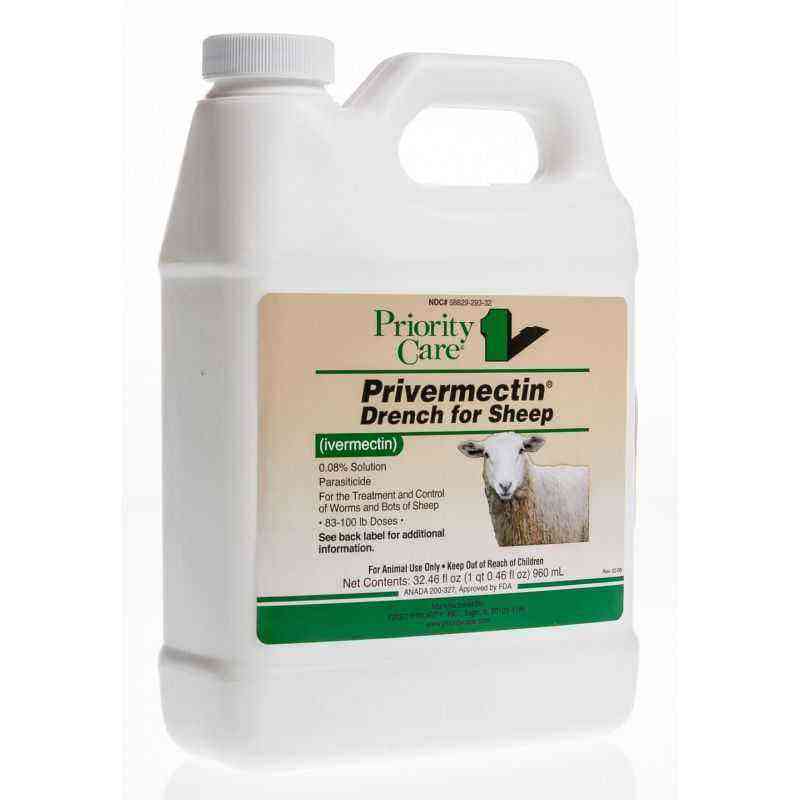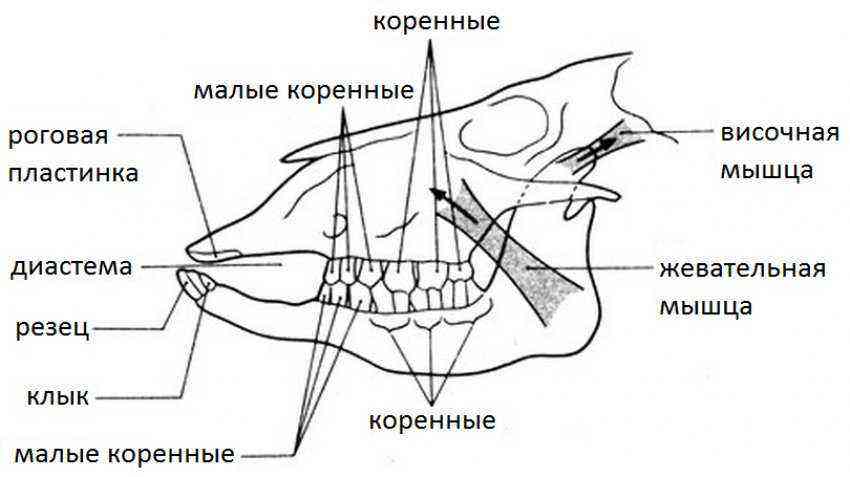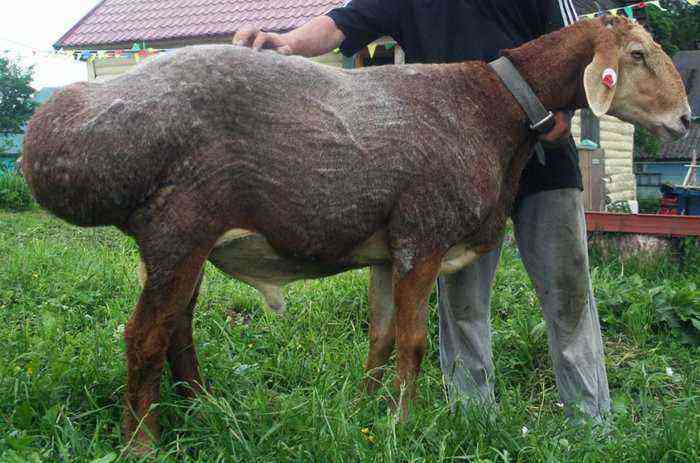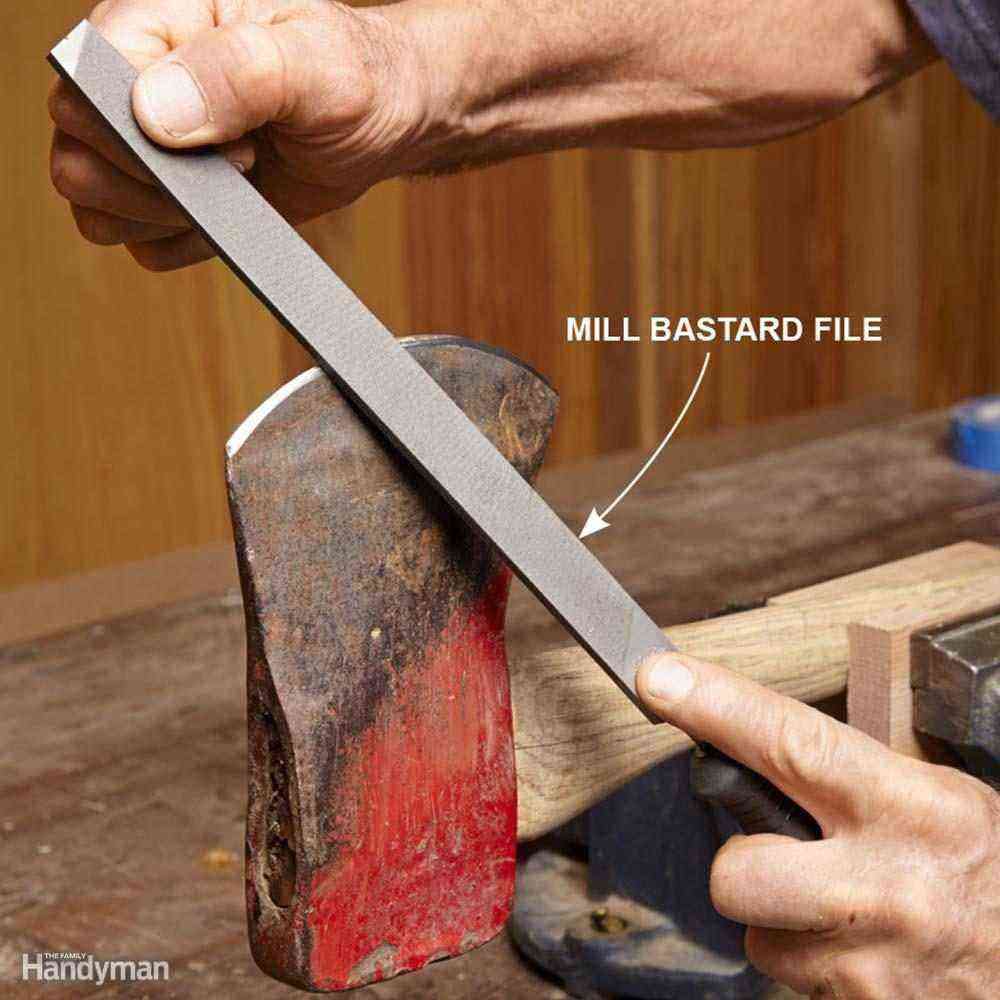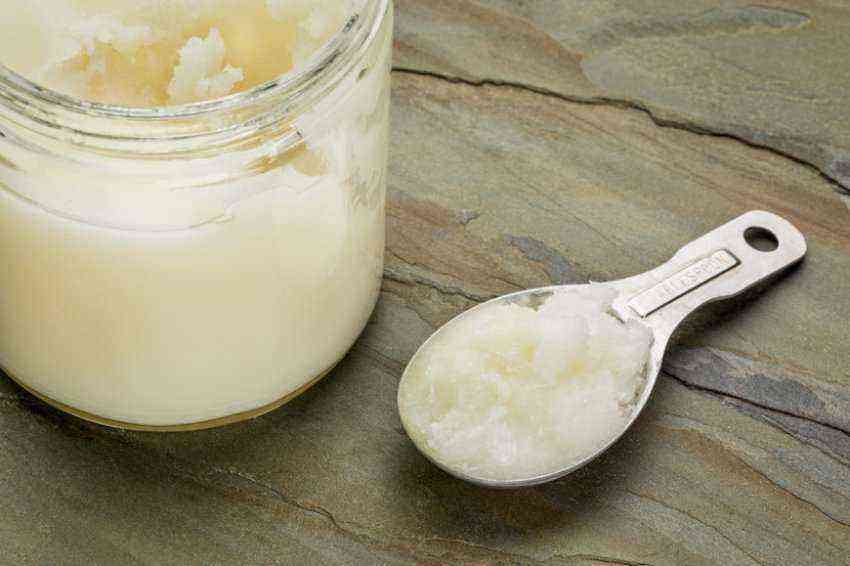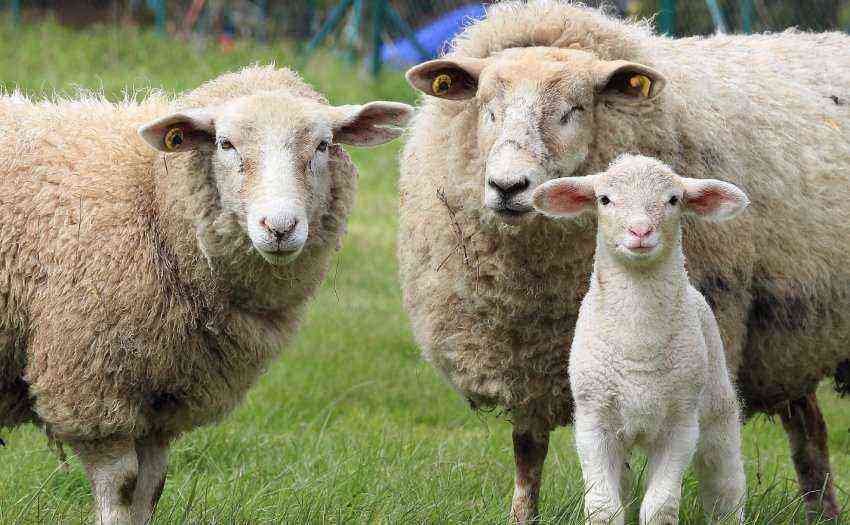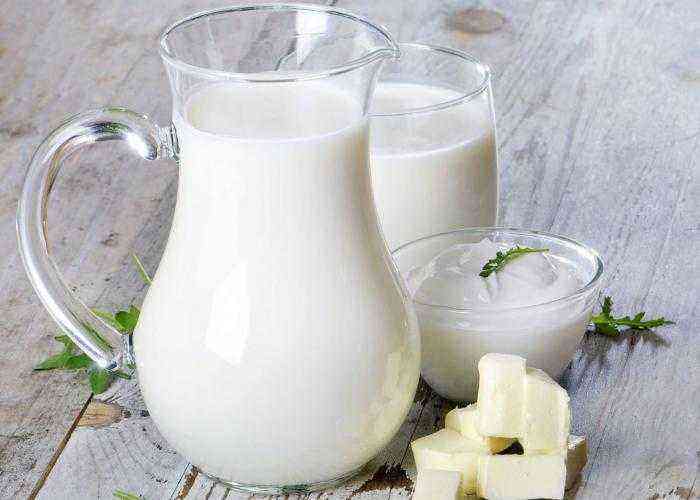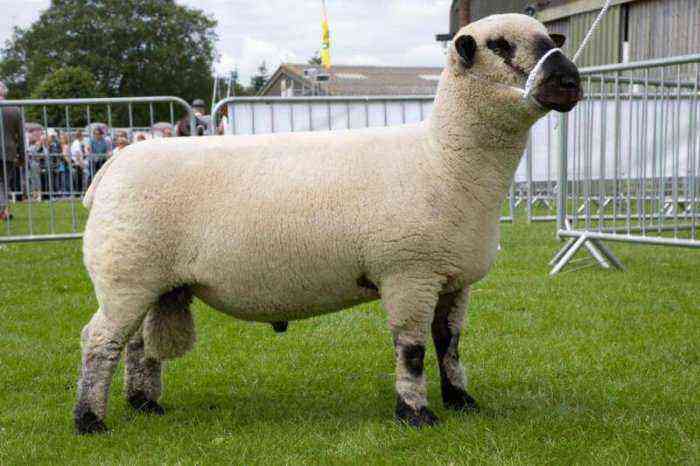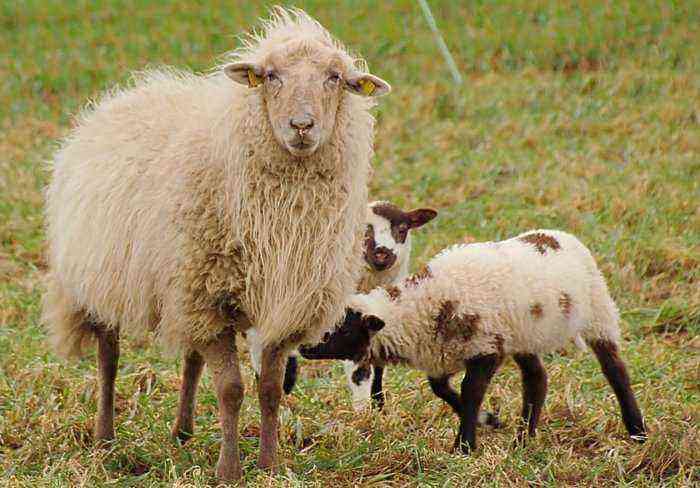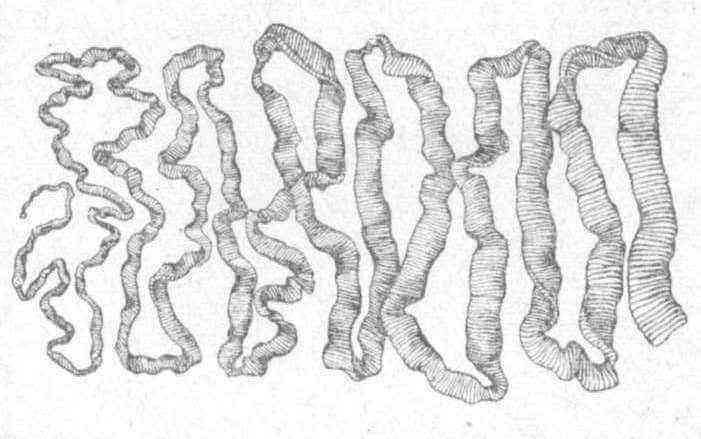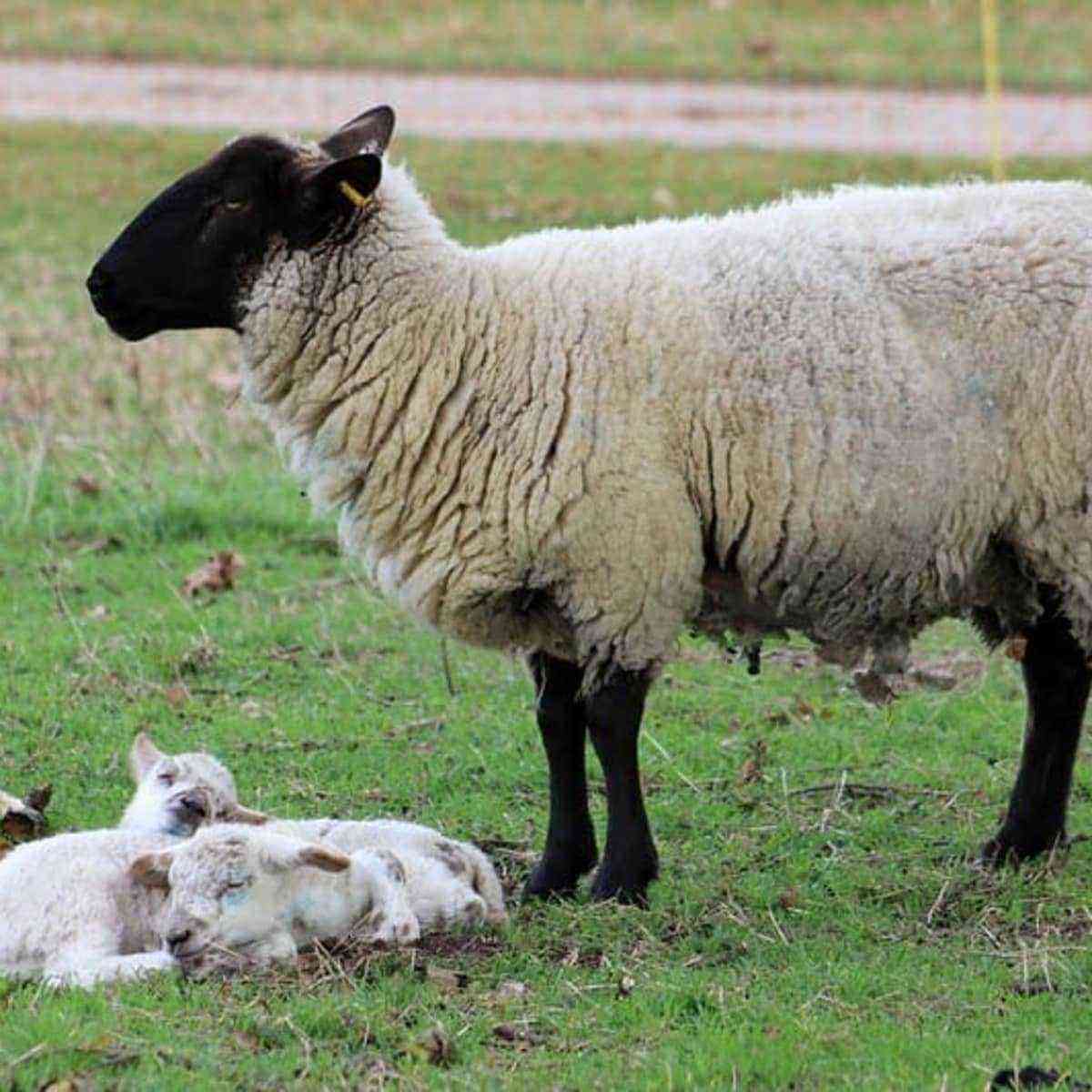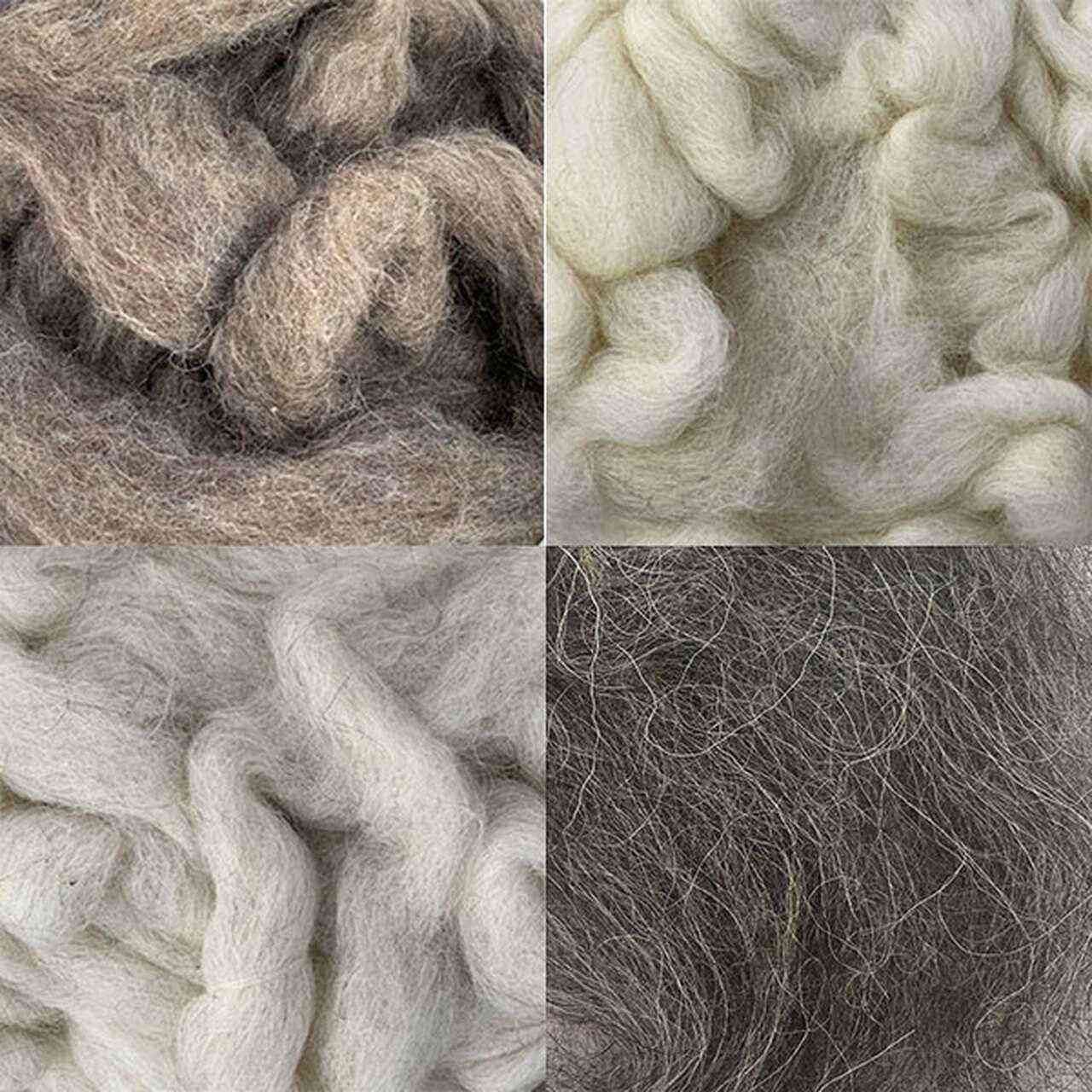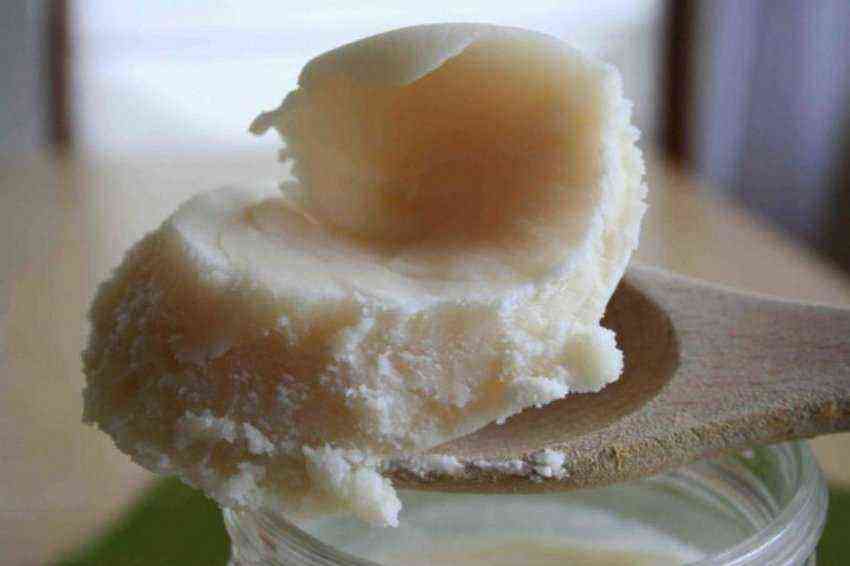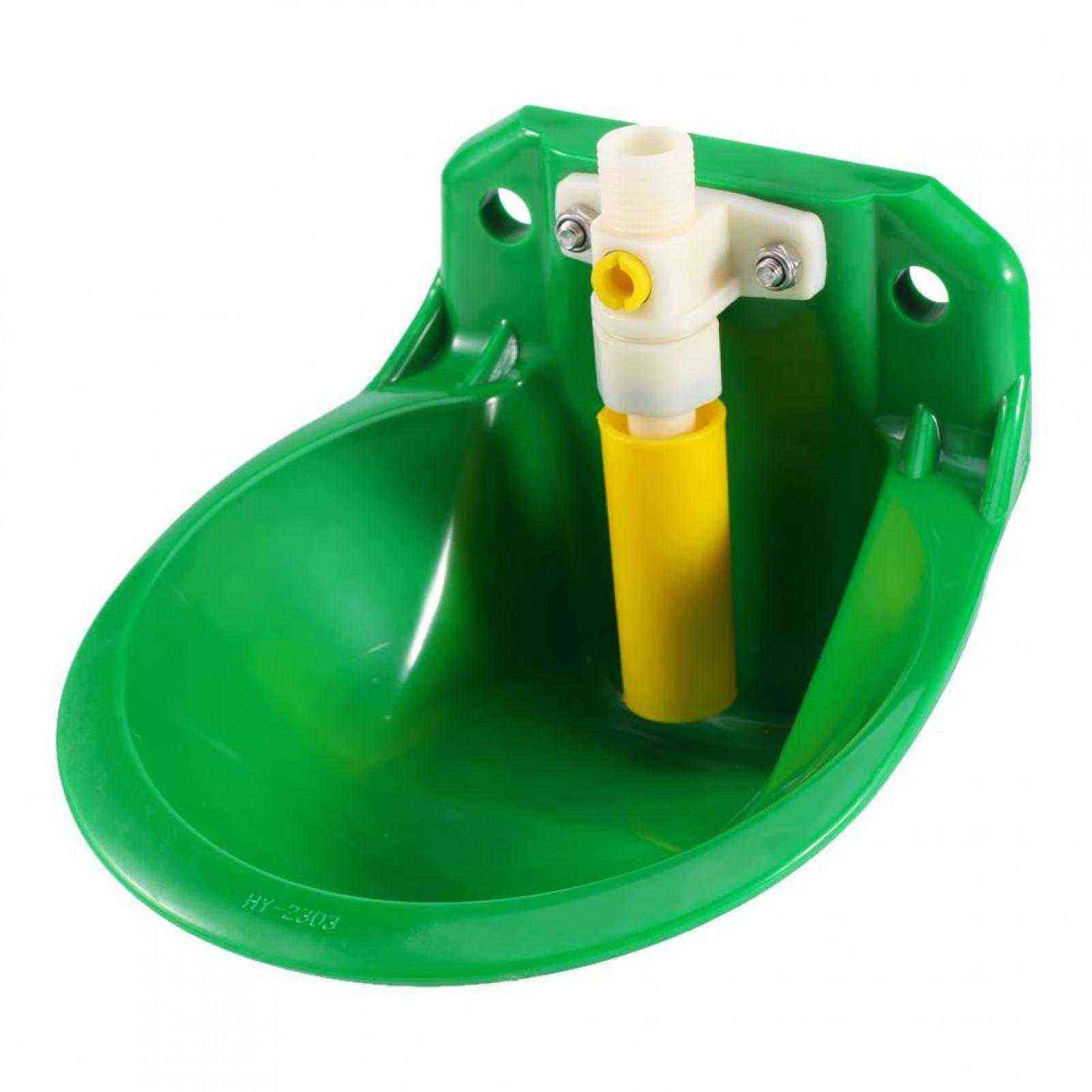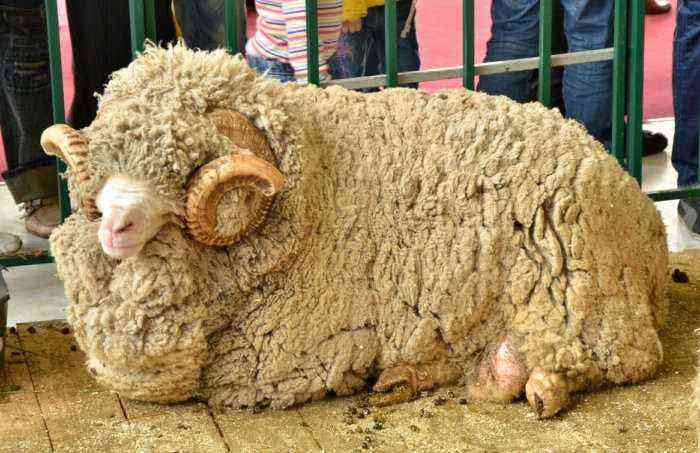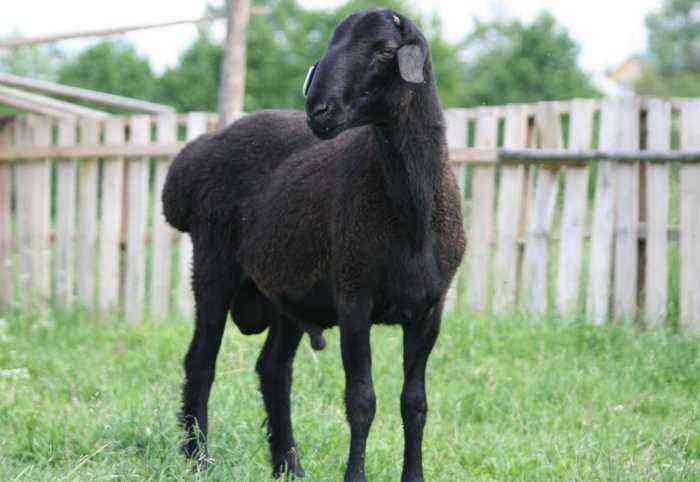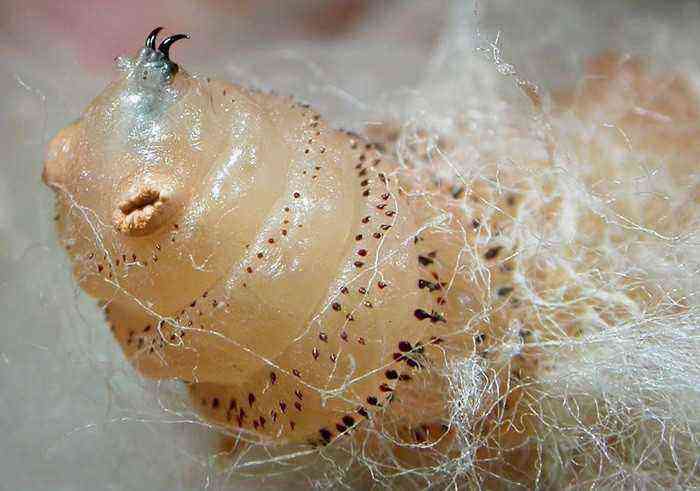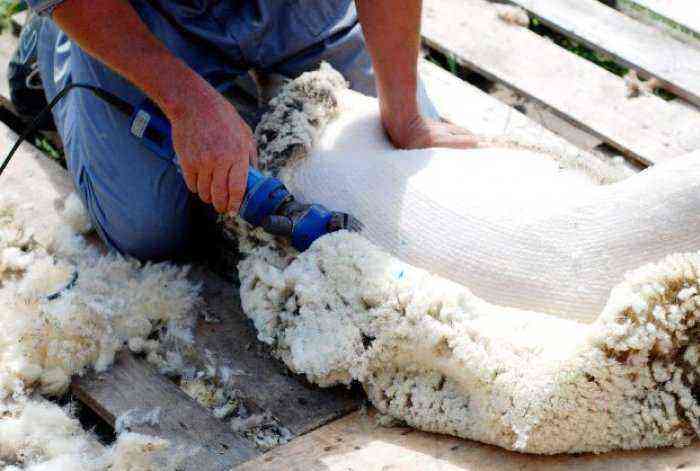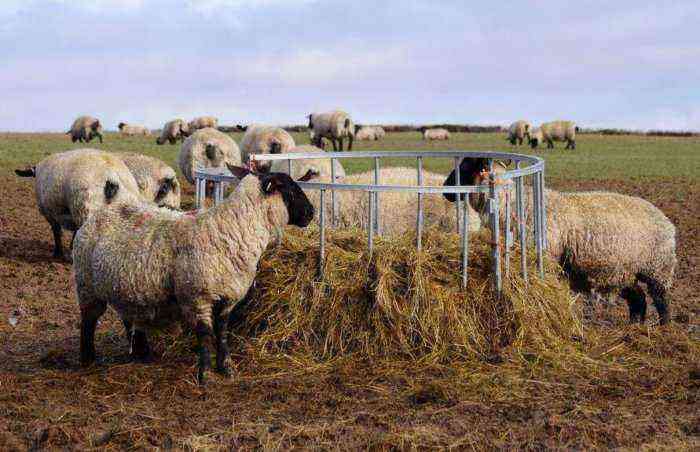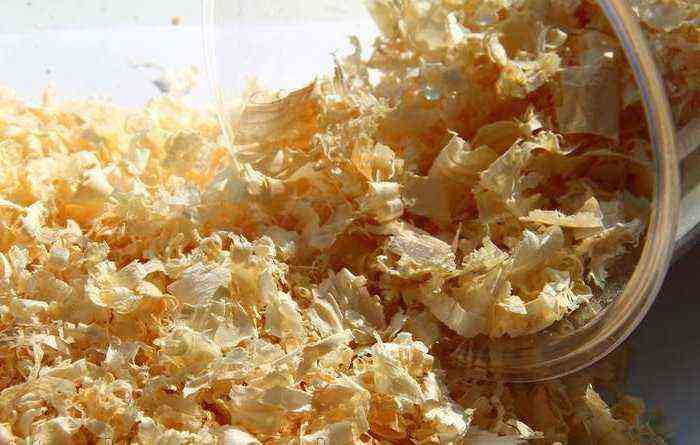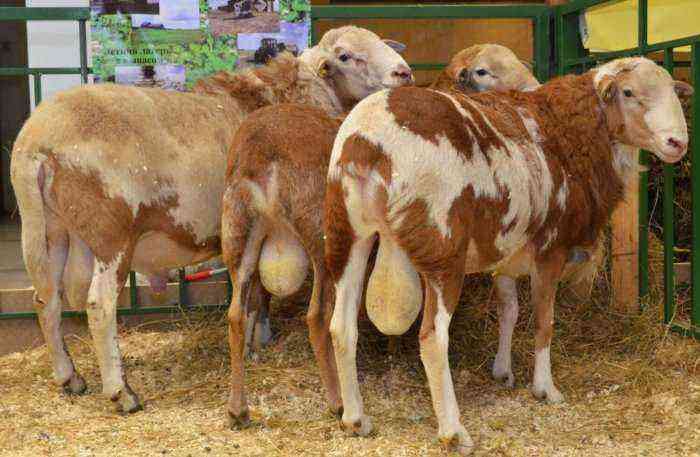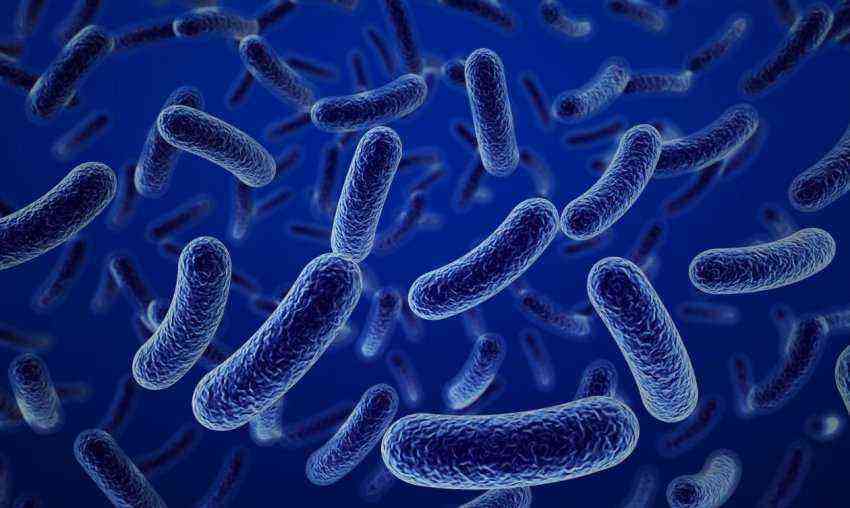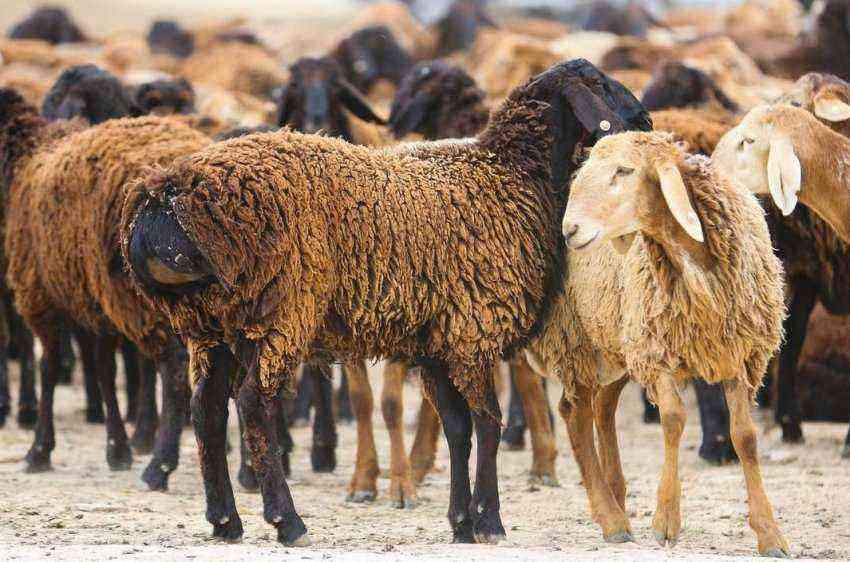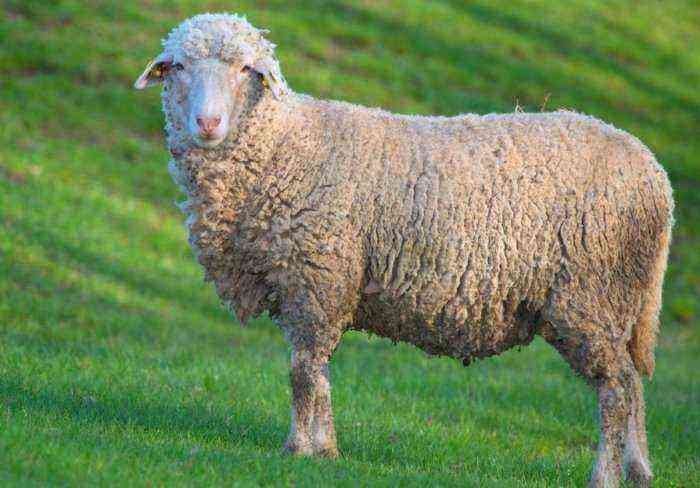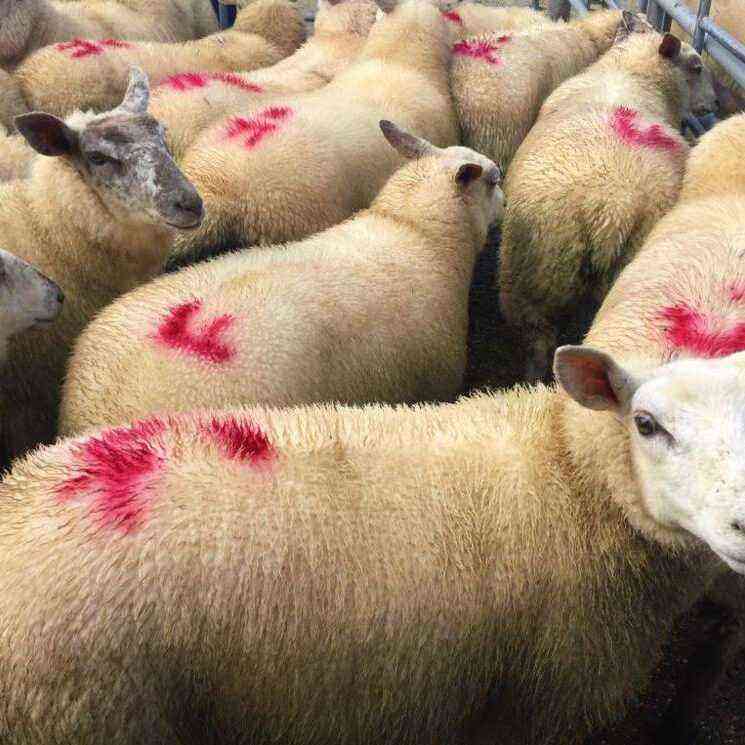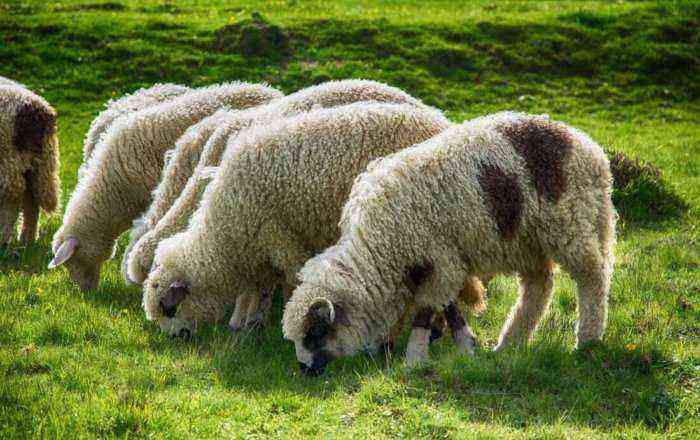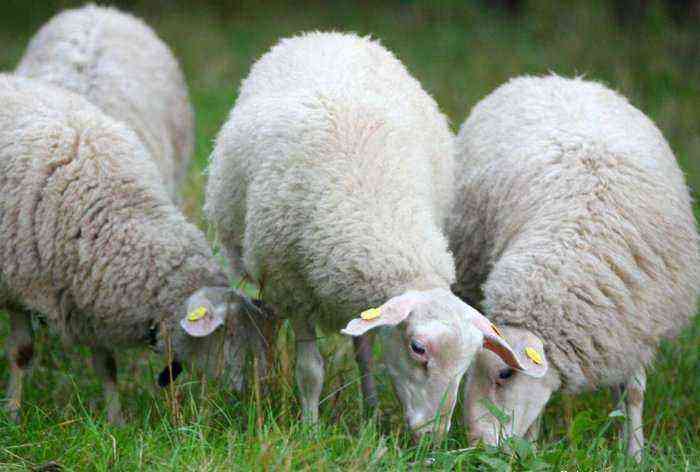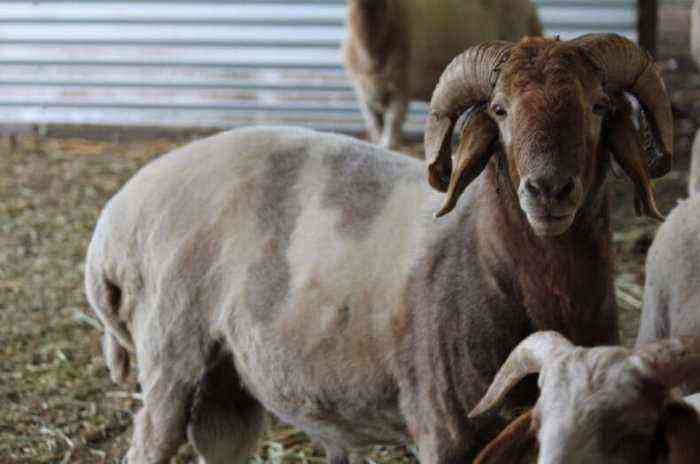Breeds of woolen sheep are becoming less and less in demand for various reasons. This was the impetus for the development of new meat-type breeds on their basis. One of these is the Katum breed of sheep. What kind of animals they are, how to breed and maintain them – read about this in the review.
History of the breed
Obtained by crossing the Romanov coarse-wooled sheep with the American meat breed Katadin in 2013 in the Katumsky district of the Leningrad region. This is not yet a breed, but a small breed group. Breeders are still working on obtaining stable breed characteristics.
The selection was motivated by the falling demand for sheepskins from the textile and footwear industries. Growing woolen sheep for meat is unprofitable due to the fact that animals invest their energy in building a fur coat without adding muscle mass.
Features
Katum sheep are hardy, easily adaptable animals that do not require much attention to themselves. The breed belongs to the meat type. It has a strong constitution, developed muscles and strong bones.
They give a good offspring and lean meaty carcasses that contain almost no fat. Females have a good maternal instinct. Lambs are born vigorous and healthy. Animals perfectly tolerate any climatic conditions and are suitable for grazing on any type of pasture.
Did you know? People domesticated sheep about 8000 years ago. Now in the world there are about 1 billion individuals belonging to more than 200 breeds.
Katum sheep are obedient, so they are easy to handle. They have a moderate herd instinct. The breed is well adapted to cold weather. Tolerant to internal and external parasites. If timely preventive maintenance is carried out, then animals require minimal treatment for parasites.
One of the parent breeds – Katadin – belongs to a purely meat type. The amount of wool on these animals is such that it does not need to be given much attention. Romanov sheep, on the other hand, are a pure wool breed.
Farmers-breeders strive to fix the following features in the breed group:
- wool cover at the usual level for a wild animal: there is no need to cut them;
- abundant offspring;
- rapid increase in muscle mass;
- high palatability of meat;
- the ability to lamb all year round.
Important! According to the description of tasters, the taste of sheep meat is similar to that of veal. It practically does not contain fat and has no specific smell.
Appearance and description
Smooth-haired meat Katum sheep are characterized by the following features:
sheep weight – up to 110 kg, lambs – up to 80 kg wool short, soft color piebald, fawn, light red disease resistance high offspring 2-3 lamb per lamb life expectancy up to 10 years reproductive ability from 6-7 months and on lifelong character docile
Katum sheep quickly gain weight. So, a monthly lamb weighs 12–15 kg, and an 8-month-old lamb weighs 65–70 kg. The breed is very resilient. In winter, it can live under a canopy, protected from rainfall.
The coat consists of coarse outer hairs and an undercoat of fine wool fibers. When it gets cold, the undercoat increases, and when spring comes, the animals shed it, leaving a short and smooth summer coat. The breed does not require clipping. And since the coat is smooth, the animals perfectly tolerate a humid climate.
Performance
Sheep and rams have early puberty. They, as a rule, retain the ability to reproduce offspring for a long time. Mature ewes usually give birth to 2–3 lambs per lamb. Rams are capable of producing offspring year-round and are quite active producers.
Did you know? Sheep can not only recognize up to 50 relatives, but also remember them for 2 years. In addition, they are good at recognizing people’s faces.
She has a strong maternal instinct. They can care for offspring without human assistance. In addition, they have enough milk for the lambs to gain weight quickly. Lamb is a high quality, muscular carcass, lean with a very mild taste. They are in demand in various ages and weight categories, thanks to lean meat.
Advantages and disadvantages of the breed
- Breed advantages:
- excellent taste characteristics of meat;
- lack of fat and specific taste in it;
- fast weight gain;
- multiplicity of sheep;
- disease resistance;
- good adaptation to climatic conditions.
The disadvantages have not yet been identified, as work on the consolidation of breed characteristics continues.
Important! Katum sheep are not too demanding on food, and are also very economical. If you have warm drinkers in the cold season, you can reduce feed consumption by 30%.
Video: Katum sheep
Care
These are wonderful animals with an average lifespan of 8-10 years. With good care, they can live longer. The breed perfectly adapts to any climate.
Animal care includes:
- organization of habitats;
- provision of grazing;
- disease prevention;
- food.
Conditions of detention
First of all, you must provide shelter from rain and snow for the winter. For this, a canopy or barn is suitable. The canopy allows the animals to shelter from the weather. A barn with stalls is good for sheep with offspring. For this breed, it is desirable, but not required.
Sheep love to graze, so they definitely need pasture. Make sure the area is large enough to support the number of animals you choose to have. During the rainy season, 1 hectare of territory can feed more ruminants than during the dry season.
Grazing animals can eat any grass, but it will be better if it is clover and other meadow grasses. For maintenance on pasture you will need a fence. It can be a fence up to 1,5 m high. It will protect animals from predators.
Feeding
In addition to pasture with grass, you need to provide animals with quality feed, because the pasture cannot always feed the sheep all year round. The amount of hay needed will depend on the quality and quantity of the grass. Typically, a sheep with a live weight of 45 kg eats about 500 g of hay. Hay is usually cut, dried and steamed. Clover and alfalfa are very beneficial for sheep and are more nutritious than other herbs.
Important! Never store food for more than one month. This can lead to the formation of mold and poisoning of animals.
Try to avoid overfeeding. Grain feed is not very good for these animals. But if you feel it necessary, try buying a compound feed designed specifically for them.
Animals also need salt. Place the Salt Lick in the paddock where they will be in the pasture. Along with providing quality food, they also need constant access to water. They can consume it throughout the day as needed.
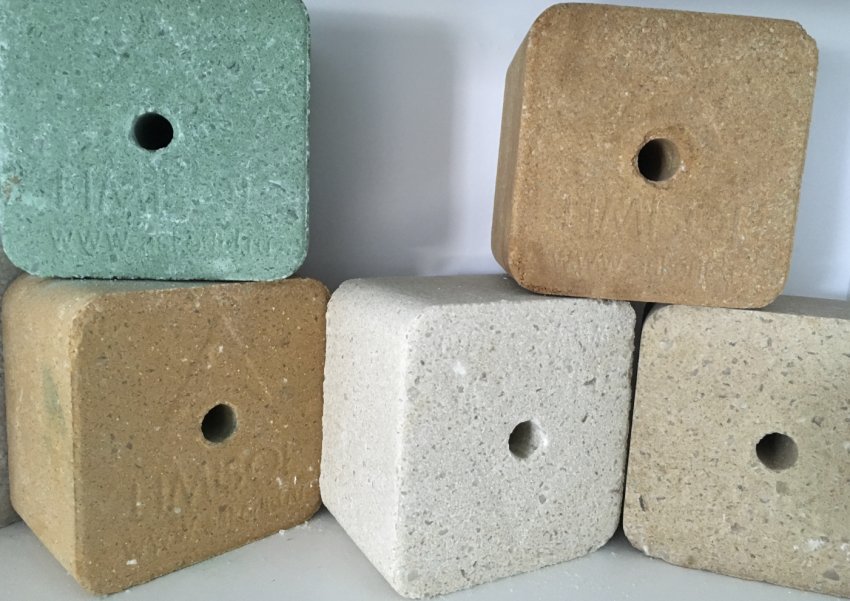
Treatment and prevention of diseases
Check sheep periodically. If you notice anything unusual, try to consult your doctor. Pay attention to the health of your animals. Nasal discharge is the first sign of a respiratory infection.
Check coat condition for external parasites. Check your stool for worms. Use an anthelmintic on a schedule determined by your veterinarian. Be sure to vaccinate against infectious diseases. This will help keep the herd healthy. Main vaccines: against enterotoxemia and tetanus.
Major diseases:
- Enterotoxemia type C, also called hemorrhagic enteritis, affects lambs mainly during the first few weeks of life, causing an infection in the small intestine. The disease is associated with the transition from mother’s milk to other types of food. The only way to protect against the disease is vaccination.
- Tetanus, is also easily preventable by vaccination. The antitoxin provides immediate short-term immunity. It must be administered 10-14 days before castration or other similar event for the formation of complete immunity.
Reproduction
Pure breeding is the mating of rams and ewes of the same breed or type. A purebred herd is better managed and provides excellent genetics to the offspring. Since the breed characteristics of the Katun sheep are not sufficiently fixed, this is the only type of reproduction expedient for them.
Sheep are ready for mating already 7 months after birth. Mating can take place on a grazing in natural conditions or in a special paddock. The female will carry offspring for about 5 months. These sheep give birth easily, without complications, and produce strong, viable offspring.
Did you know? Researchers from the University of Cambridge found that sheep prefer to go through doors with a picture of a smiling person above the door than one with an image of an angry person.
Breeding area
Sheep of this breed are bred in several districts of the Leningrad region: Priozersky, Boksitogorsky, Vsevolzhsky. The owner of the breeding stock is the Katumy breeding farm.
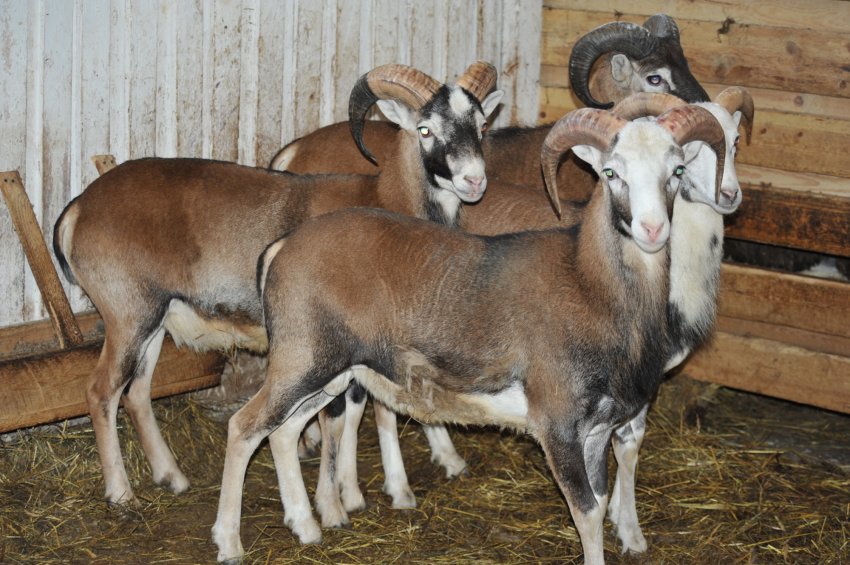
If you are interested in Katum sheep, you can always purchase them from the owner company. Of the undoubted advantages, it is worth noting that this is almost the only meat breed whose meat does not contain fat and has excellent taste characteristics.
